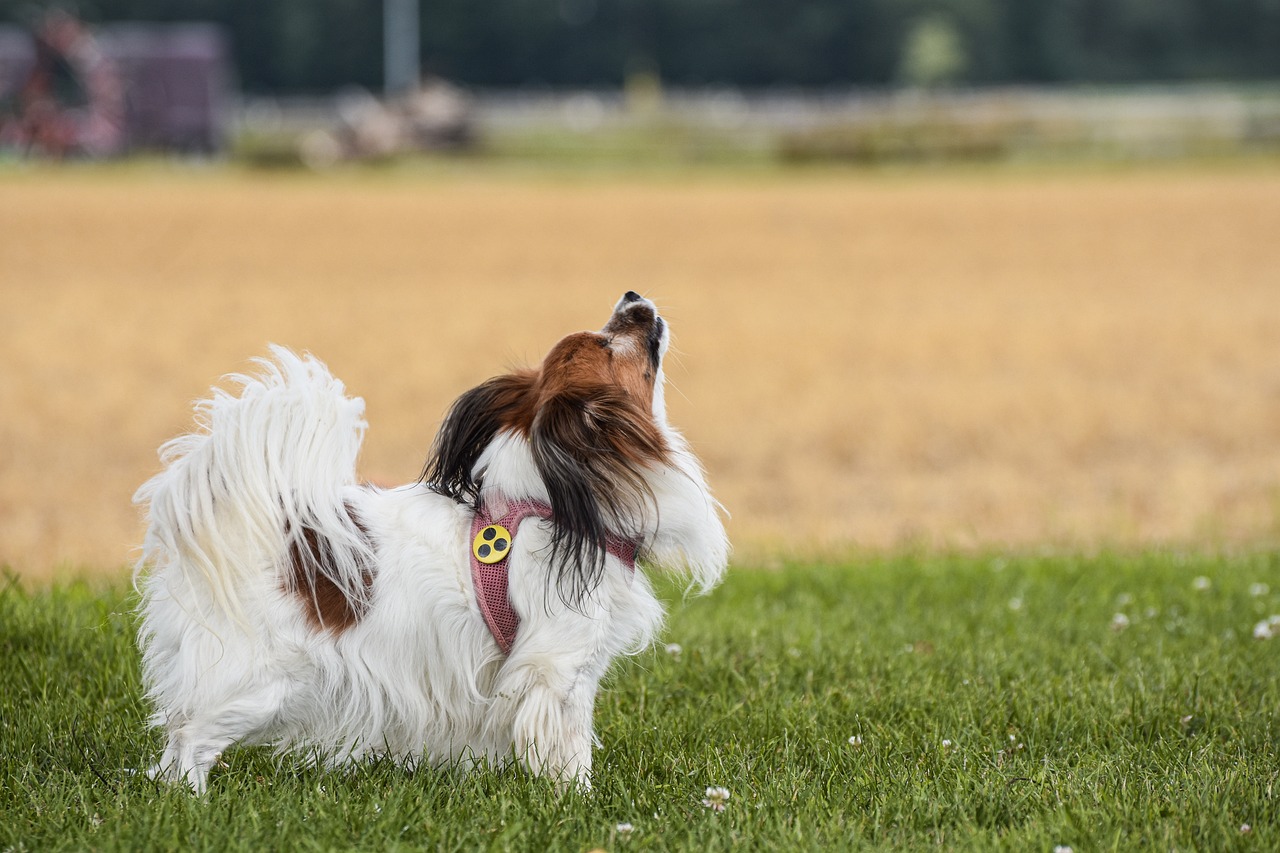
If you have never seen reverse sneezing before, it can be an alarming experience. It’s actually not as frightening as you might think.
Cats are much less likely to reverse sneeze than dogs. What you should know about dog reverse sneezing, and how to stop it.
What is Reverse Sneezing?
A “backward sneeze” is an involuntary, sudden respiratory reflex. This can happen if the soft palate of a dog (the part of its roof that is soft and separates the nasal cavity from the oral cavity), becomes inflamed.
This irritation can cause the soft palate muscles to spasm and narrow the trachea temporarily. As the dog tries to breathe, it will stretch its neck to widen its chest. However, the narrowed airway will prevent them from fully inhaling. Dogs will forcefully inhale their air through the nose. This causes them to sneeze backward.
The reverse sneeze can be seen in dogs of any breed. However, it is more likely to occur in those with brachycephalic faces, such as Boxers and Bulldogs.
Although reverse sneezing may sound frightening, it’s not painful or dangerous. Reverse sneezing is not considered a serious health issue if it occurs occasionally. Although not an emergency, you should discuss any cases of reverse sneezing with your vet.
If your dog experiences other respiratory symptoms, such as Coughing or nasal discharges, Choking, or difficulty breathing, Seek immediate veterinary attention.
What does Reverse Dog Sneezing sound like?
The reverse sneeze sounds as if the dog inhales their own sneezes. It can sound like an angry goose or like something is stuck in the throat or nose of the dog.
If you have never heard your dog reverse sneeze before, the first couple of episodes can be frightening. It’s important to consult a vet to see if your dog is experiencing a simple reverse sneeze, or if there’s something else going on.
Take a video to your vet if you can. If you are concerned that your dog is choking, contact your veterinarian immediately.
How long do episodes of reverse sneezing last?
The bouts usually last 30 seconds, but it may feel longer. Dogs will behave normally before and after an episode.
What causes reverse sneezing?
Dogs reverse sneeze in order to eliminate an irritating substance. Regular sneezing helps to expel an irritating substance in the nasal cavity. Coughing can help expel irritations that are located further down the trachea. The body uses a reverse sneeze to expel an irritant located slightly further down in the trachea, near the soft palate.
There are several possible causes for reverse sneezing due to soft palate irritation.
- Allergic reactions
- Home products (perfumes, cleaner products and air-fresheners).
- When attached to the collar, pulling on the leash is not allowed
- Overstimulation
- Exercise intolerance
- Foreign bodies or masses in the throat
- Nasal mites
- The soft palate is elongated in some breeds (most common among brachycephalic dogs).
- Eat or drink
What vets do to diagnose reverse sneezing
A veterinarian should be consulted if a dog is experiencing reverse sneezing for the first time.
If you can get the episode on video, that’s extremely helpful for your veterinarian in determining if your dog experienced reverse sneezing (chances are, it won’t happen again while at the vet’s office). The veterinarian will be able to determine if reverse sneezing occurred based on the video.
A physical exam will be performed by your veterinarian to check the heart and lungs of your pet. They’ll also look for respiratory symptoms such as increased breathing rate and effort or nasal discharge. For a baseline assessment, your veterinarian will likely recommend a complete blood count as well as serum blood chemistry and urinalysis.
Other tests can be done to eliminate other possible causes for similar snorting sounds, including:
- Trachea collapsing
- Polyps or tumors in the nasal cavity
- Nasal foreign body
- Upper respiratory tract infection
- Rhinitis (inflammation)
This may involve a chest radiograph, an oral or nasal examination under sedation, and a possible rhinoscopy, where a camera will be inserted into the nose and throat to check for abnormalities.
Treatment for Reverse Dog Sneezing
Reverse sneezing is a benign condition that doesn’t require any medication.
Your veterinarian might prescribe medications for reverse sneezing in severe or frequent cases. These may be used to address the cause of the condition or treat symptoms. Anti-inflammatories are commonly prescribed, as well as steroids, antihistamines and decongestants like Guaifenesin. If nasal mites have been diagnosed in your dog, they will be treated with an anti-parasitic.
How to Stop Reverse Sneezing In Dogs
You can try a number of tricks to help stop reverse sneezing. Others suggest blowing gently in your dog’s mouth for a couple of seconds. This will help them to swallow and stop the sneezing. You can also gently squeeze the tongue of the dog until it swallows. Try massaging the dog’s throat.
A veterinarian must diagnose and treat the chronic problem.